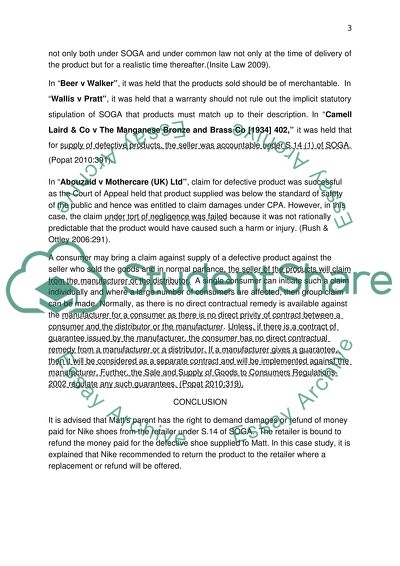Cite this document
(The Law of International Trade: Nike Shoes Case Study, n.d.)
The Law of International Trade: Nike Shoes Case Study. Retrieved from https://studentshare.org/law/1394027-business-law
The Law of International Trade: Nike Shoes Case Study. Retrieved from https://studentshare.org/law/1394027-business-law
(The Law of International Trade: Nike Shoes Case Study)
The Law of International Trade: Nike Shoes Case Study. https://studentshare.org/law/1394027-business-law.
The Law of International Trade: Nike Shoes Case Study. https://studentshare.org/law/1394027-business-law.
“The Law of International Trade: Nike Shoes Case Study”, n.d. https://studentshare.org/law/1394027-business-law.


